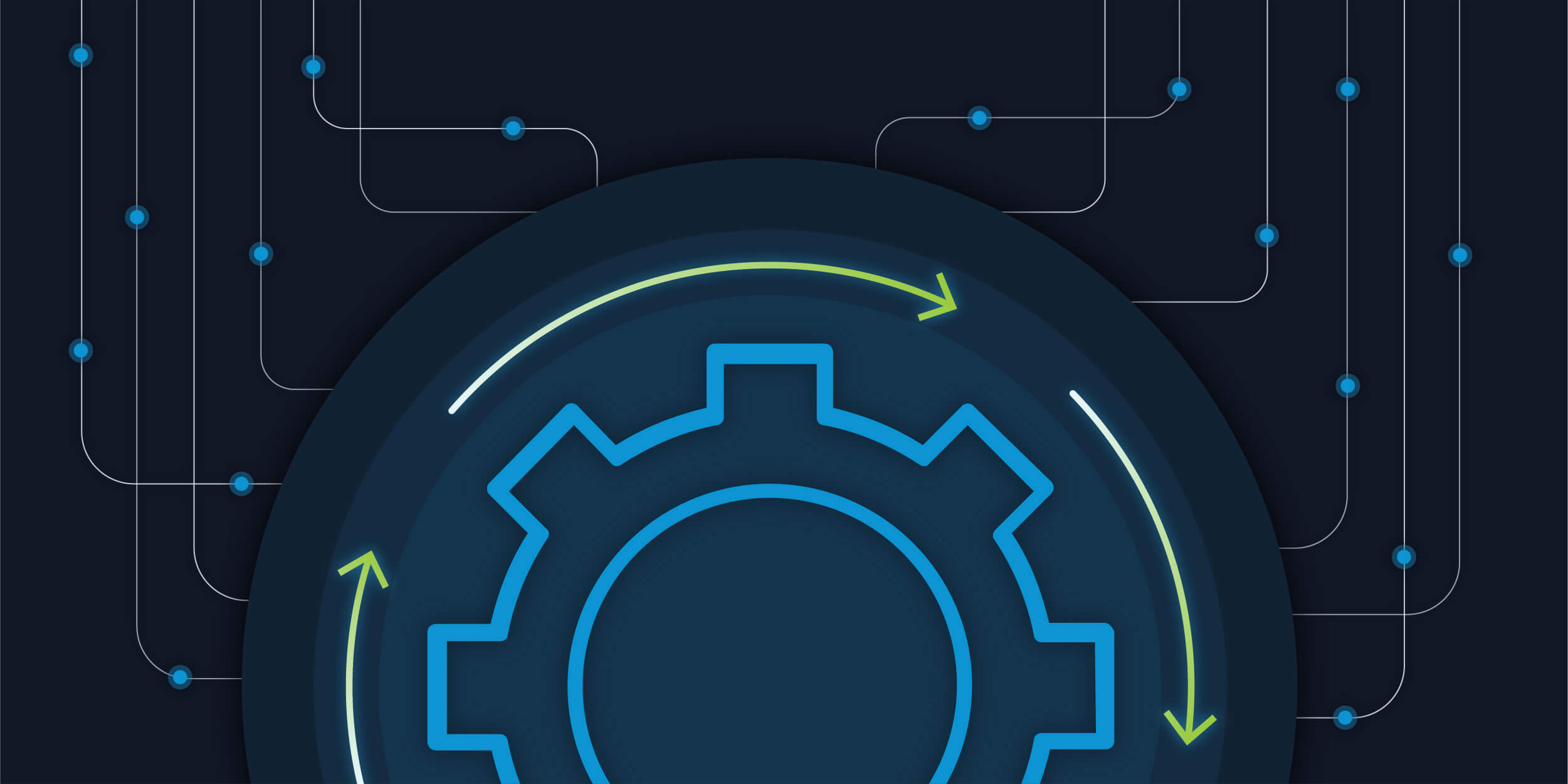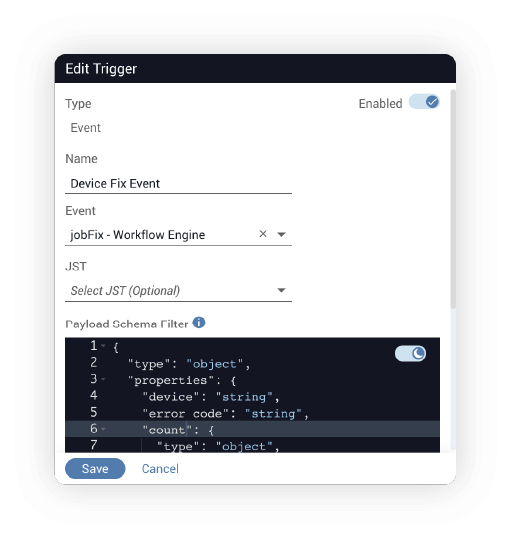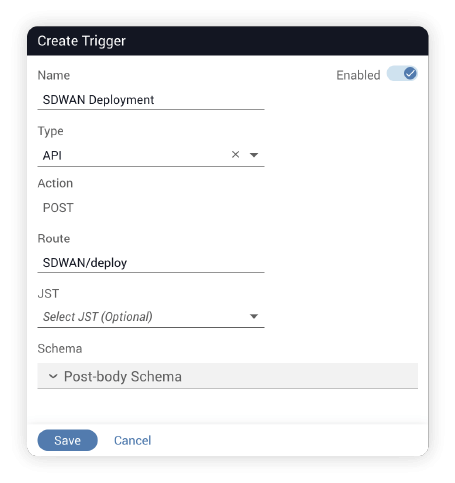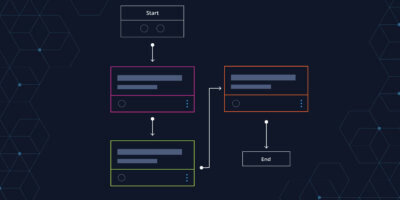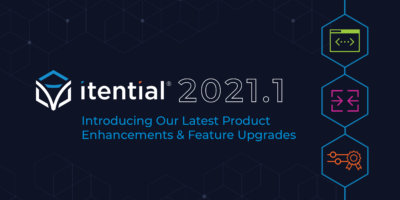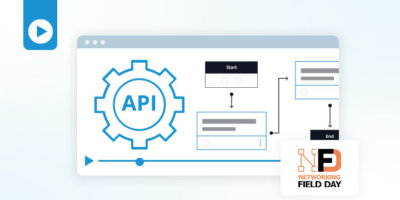Remember a time when Cisco only focused on routers and switches and IBM only focused on servers, when there was only HPNA available to check network devices for configuration and compliance and any network configuration changes could only be altered by logging onto the terminal of a device and entering CLI commands?
Luckily, we have moved forward from this very static time and the landscape of tools to manage IT infrastructure has really exploded over the last decade. We now have orchestrators and controllers to manage multitudes of devices from well established players to a lot of new companies – all offering tools that handle the latest SDN trend and Network as Code approaches, which brings dozens of “software tools” into the world of network automation. I think it’s safe to say that any one of our customers uses a unique set of tools to manage their end-to-end network processes and automations as no two networks look or operate the same.
For any automation platform that operates in the middle of these unique toolsets, it is not only necessary to integrate with any system so it can perform various required actions, but also to let any system seamlessly integrate with the automation platform so that automations can be started, making closed loop scenarios possible. This is exactly where Itential’s new automations triggers come into play.
In our latest release of Itential 2021.1, the platform now includes Event Triggers and Custom API Endpoint Triggers so organizations can kickoff automations easier, regardless of their ecosystem. Let’s take a closer look at each.
Event Triggers within the Itential Automation Platform
As the name itself states, Event Triggers set to kick off an automation when a predefined event is observed by the IAP server. Events can come from various sources: Kafka, RabbitMQ, NETCONF, email, etc. As seen below, you can select an event source / topic and specify a payload schema for the event.
This is important because your automation that contacts PagerDuty at 4 am shouldn’t be triggered by just any NETCONF notification event that happens to come into your system. You only want this to happen if the payload contains the word “OUTAGE” or something similar. This by itself would already be a great system to set up any closed-loop automations you desire, but the cool thing about Itential’s automation triggers is that you can seamlessly map any data that comes with an event to the input of your automation. What do I mean by seamless? You can use Itential’s drag-and-drop JST Designer to draw mappings between the event payload data and the input parameters of your workflow, both of which are pre-populated for you. This allows anyone in your organization to set up an event trigger based on, for example, a Kafka event saying “interface down on device ATL-01,” triggering an automation that not only notifies the right group about the issue but adds the result of a current health check for device ATL-01, so the team can hit the ground running.
Custom API Endpoint Triggers
While the Itential Automation Platform has always exposed API calls to trigger automations through webhooks, our new Custom API Endpoint Triggers completely change the way your network tools can interact with the platform.
This change is due to these three main enhancements:
- Specify Custom Route Name – This feature allows users to specify a custom route name that triggers an automation. This is not only much more user-friendly than the previous ID-based routes were, it also has significant advantages in scenarios which you might not want to or be able to change the route name your automation asset is calling. A surprising number of tools and even some network models are very opinionated (hard-coded) about a route they want to call.
- Specify Custom Payload Schema – This change has by far the biggest impact on your experience when using other tools to trigger an automation in Itential. Users get to completely define the payload schema of an API call. No manipulating of data, no renaming of parameters, no writing some scripts that create an object out of a couple of strings, so it matches the API input. Whatever data your tools have available in whatever format they come in, you can send any data to your Custom API Endpoint and Itential handles the fallout with our drag-and-drop data transformation tool (JST Designer).
- Specify Custom Payload Mapping – As mentioned above, an automation is only as good as the data it gets. You can use a JST to “forge” your data into the right form to match your automation inputs.
To learn more about the Itential Automation Platform click here or watch our “Introduction to the Itential Network Automation Platform” on-demand webinar. You can also check out the full list of new features and enhances in Itential 2021.1 in this on-demand webinar.

